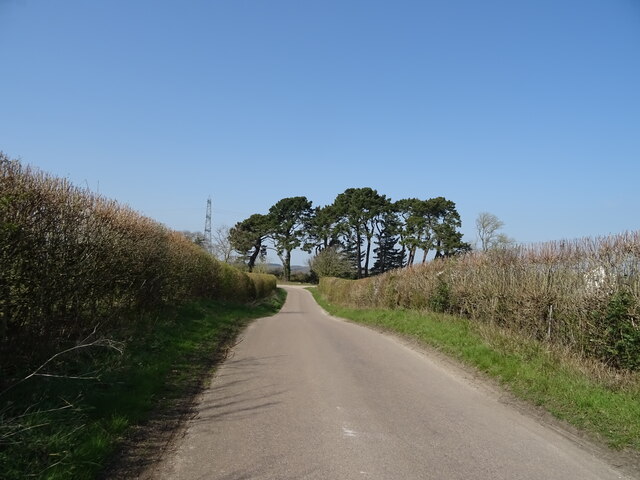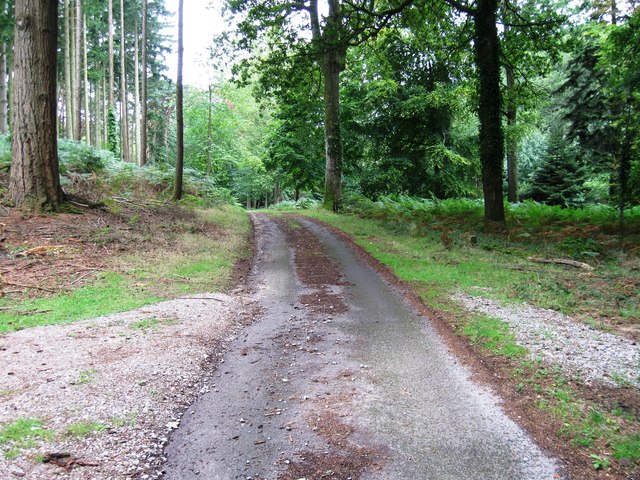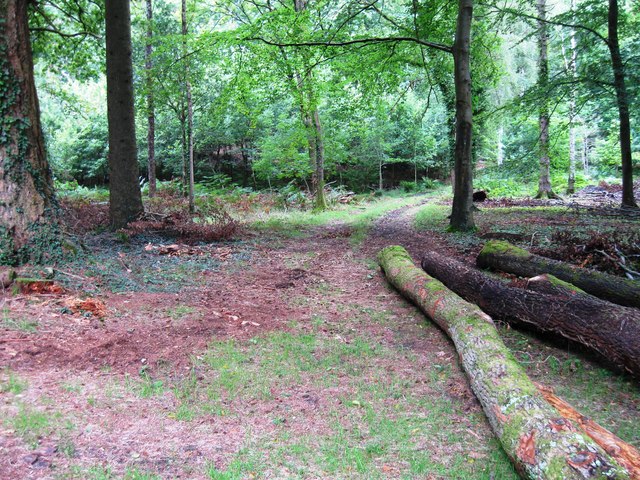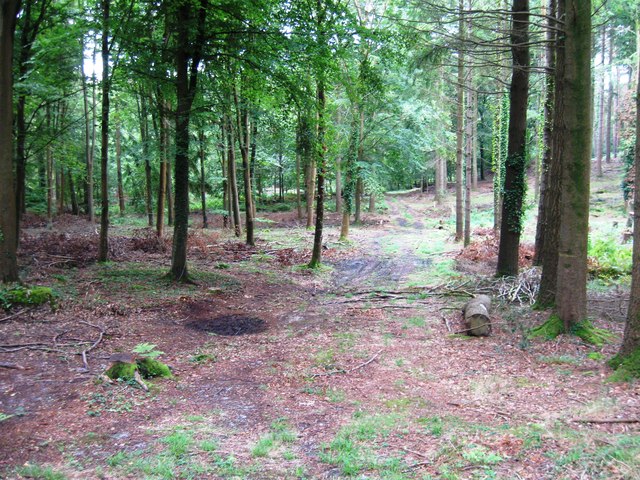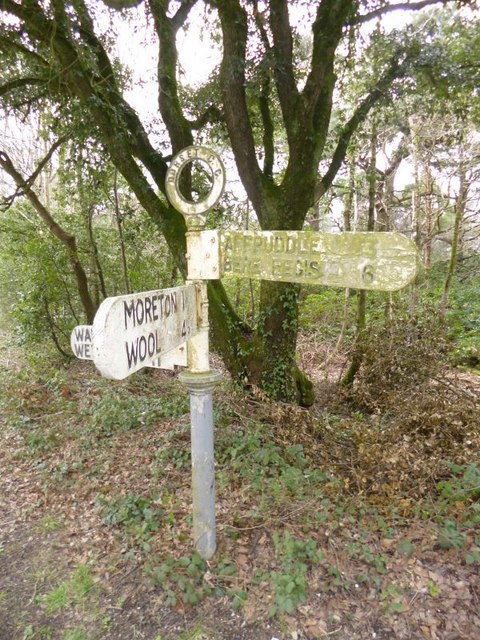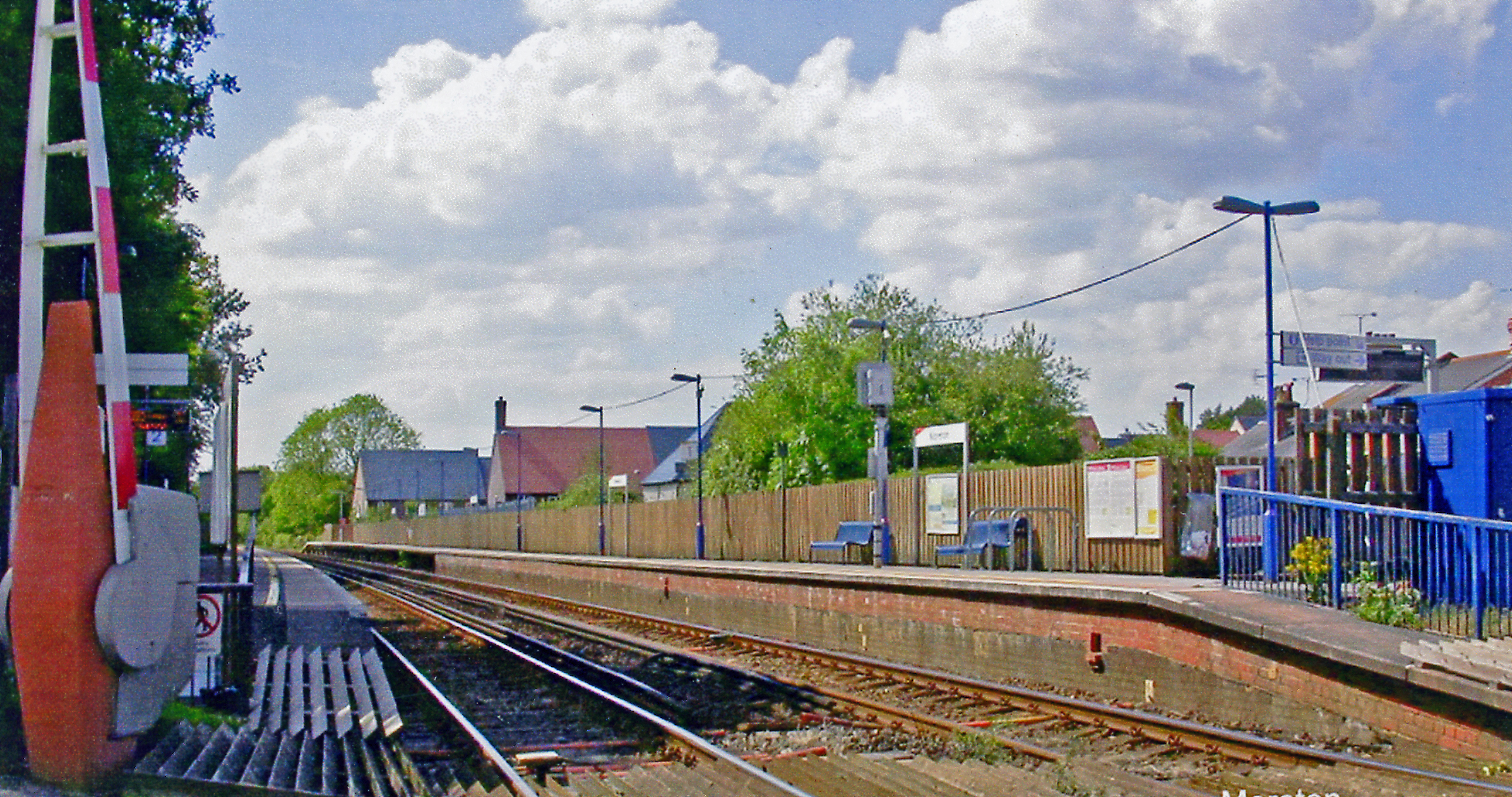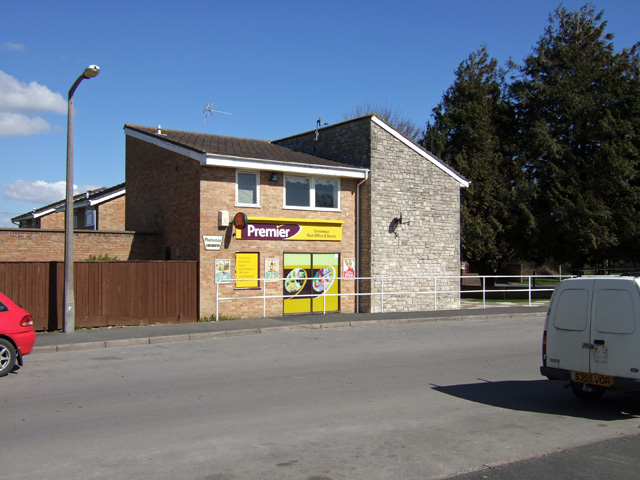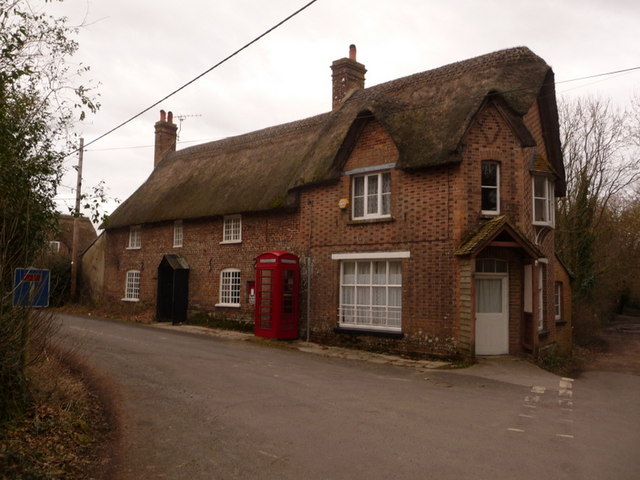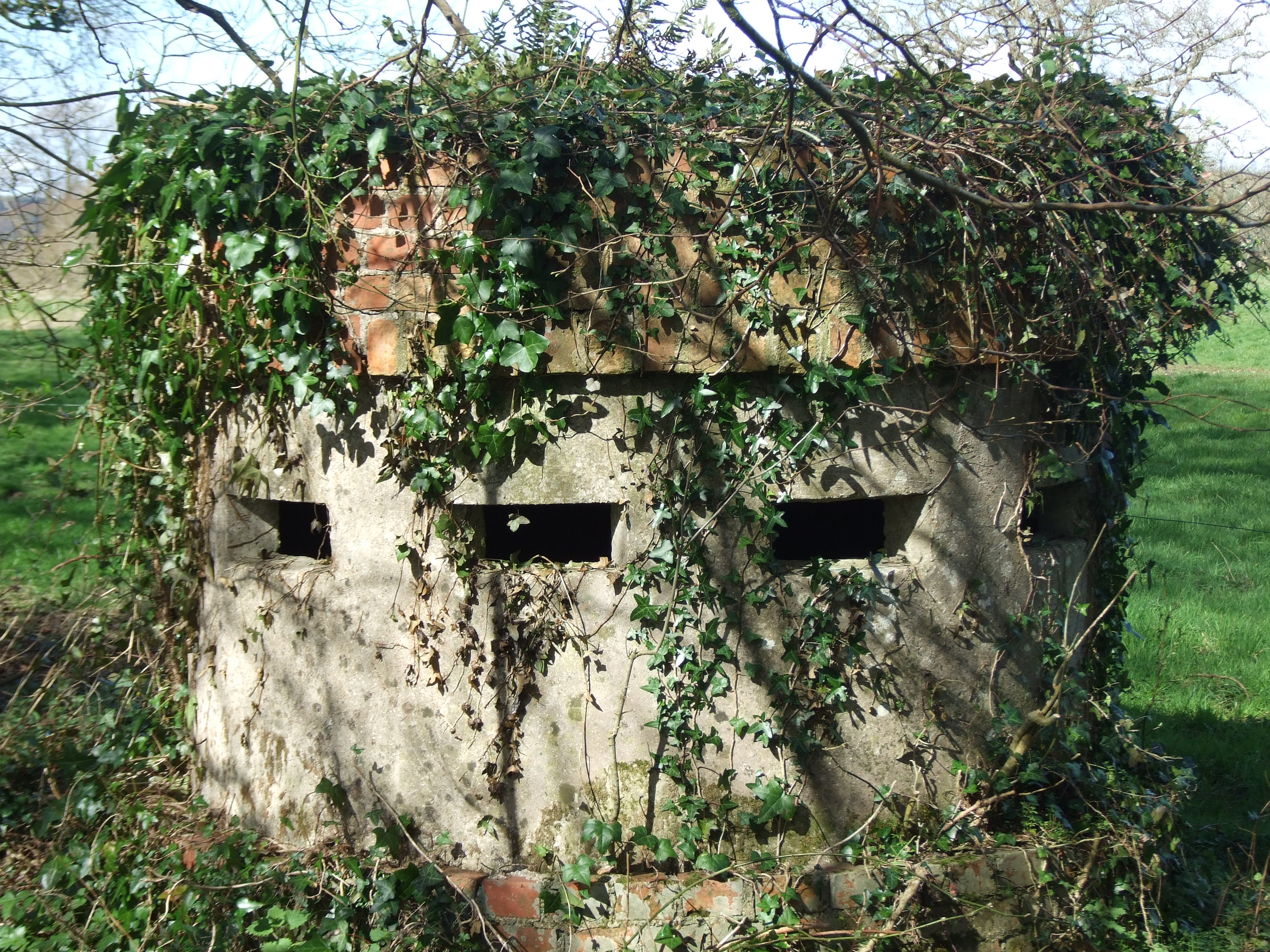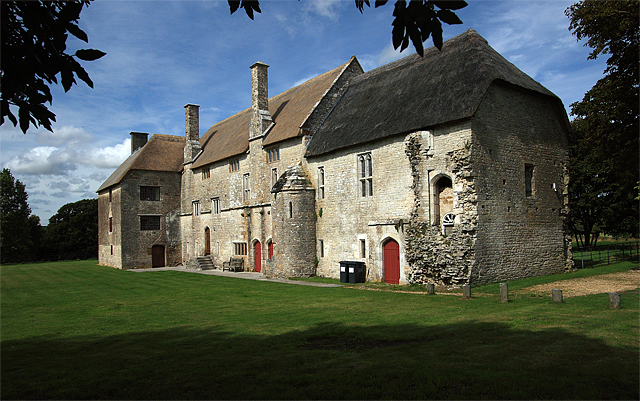Brownjohn's Copse
Wood, Forest in Dorset
England
Brownjohn's Copse
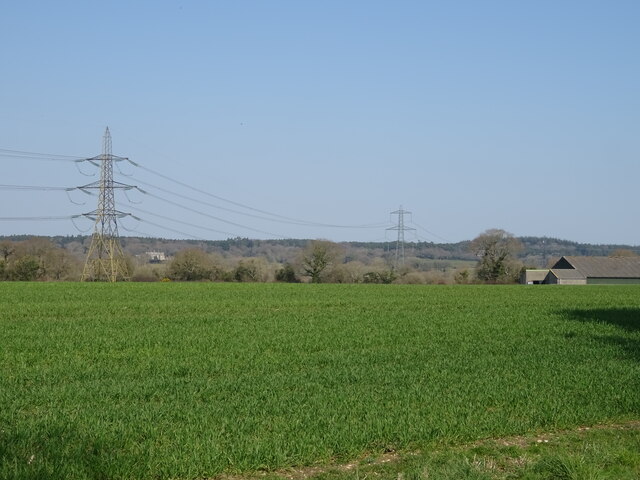
Brownjohn's Copse is a picturesque woodland located in the county of Dorset, England. Covering an area of approximately 20 acres, this ancient forest is a haven for nature enthusiasts and those seeking a peaceful retreat from the hustle and bustle of everyday life.
The copse is predominantly made up of native tree species such as oak, beech, and ash, creating a diverse and vibrant ecosystem. The dense canopy provides ample shade, allowing a variety of woodland plants and flowers to flourish on the forest floor, including bluebells, primroses, and wild garlic. This makes Brownjohn's Copse particularly captivating during the spring months when the forest comes alive with a riot of colors and fragrances.
The woodland is crisscrossed by a network of well-maintained footpaths, making it easily accessible for visitors. These paths lead to hidden glades, babbling brooks, and peaceful ponds, offering plenty of opportunities for exploration and relaxation. Wildlife is abundant in the copse, with sightings of deer, foxes, and a wide array of bird species being common occurrences.
Brownjohn's Copse also holds historical significance, with evidence of human habitation dating back to the Bronze Age. Archaeological remains, including burial mounds and ancient trackways, add an intriguing element to the forest's allure.
The copse is managed by a local conservation organization, ensuring its preservation and protection for future generations to enjoy. Whether you are a nature lover, a history enthusiast, or simply seeking solace in a tranquil natural setting, Brownjohn's Copse is a place of beauty and serenity that is not to be missed.
If you have any feedback on the listing, please let us know in the comments section below.
Brownjohn's Copse Images
Images are sourced within 2km of 50.69498/-2.3121634 or Grid Reference SY7888. Thanks to Geograph Open Source API. All images are credited.
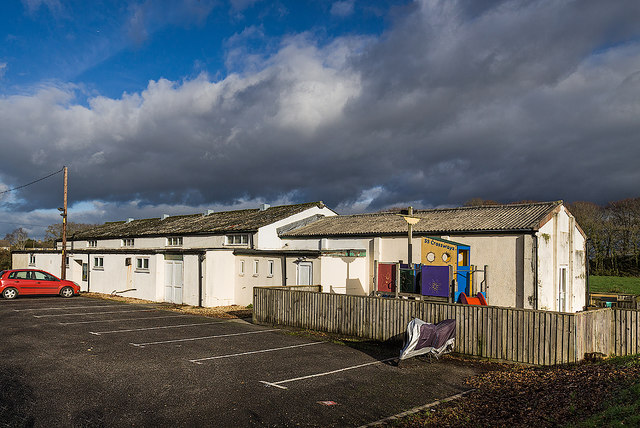
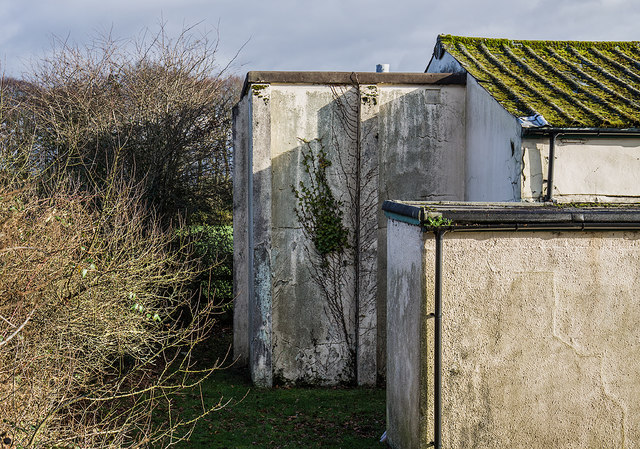
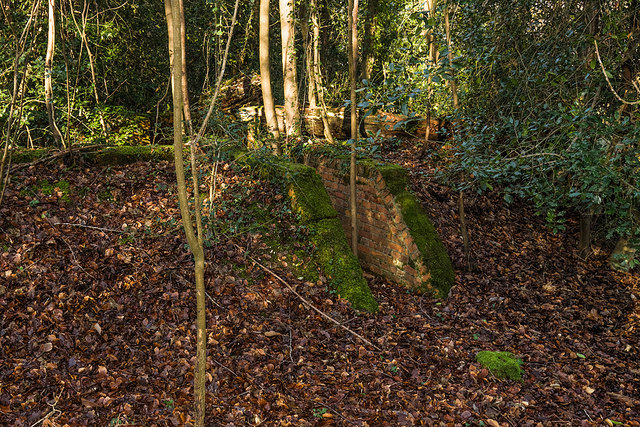
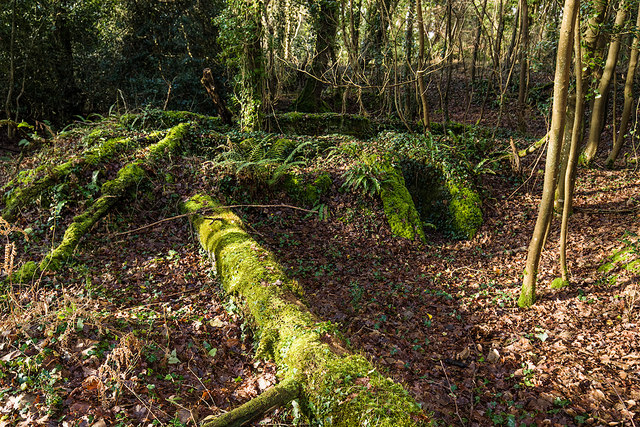
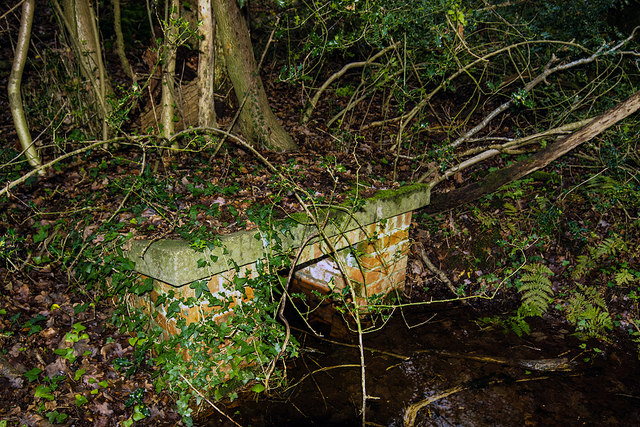
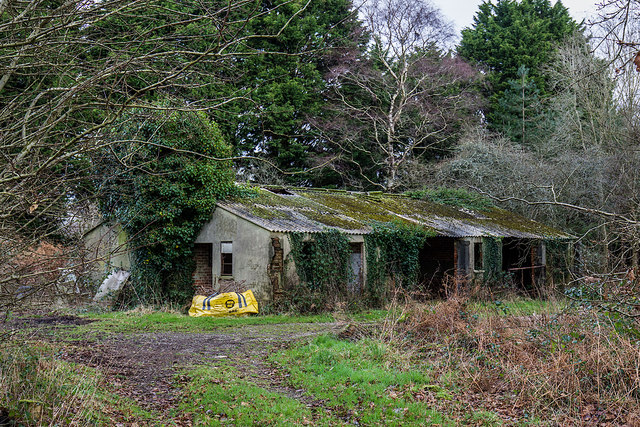
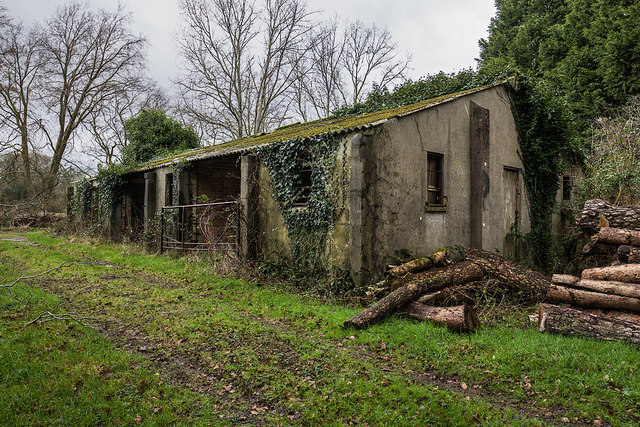
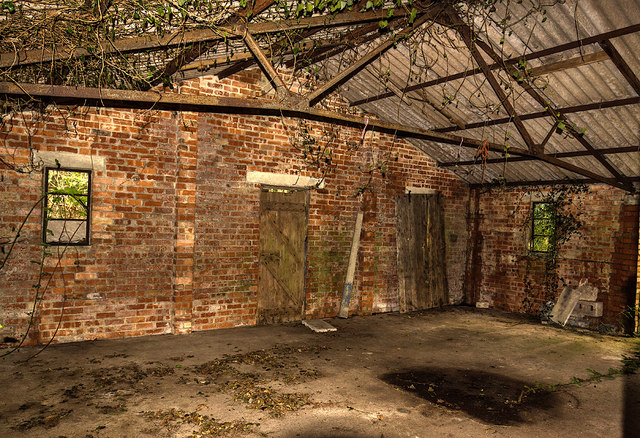
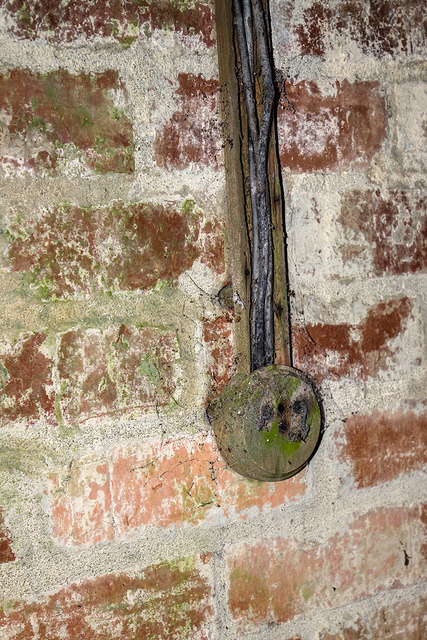
Brownjohn's Copse is located at Grid Ref: SY7888 (Lat: 50.69498, Lng: -2.3121634)
Unitary Authority: Dorset
Police Authority: Dorset
What 3 Words
///sectors.destiny.ruling. Near Bovington Camp, Dorset
Nearby Locations
Related Wikis
Moreton railway station (Dorset)
Moreton railway station serves the villages of Moreton and Crossways in Dorset, England. It is operated by South Western Railway and is served by their...
Crossways, Dorset
Crossways is a village and civil parish in the English county of Dorset. It lies 6 miles (9.7 km) east of the county town Dorchester. In the 2011 census...
Warmwell
Warmwell is a small village and civil parish in south west Dorset, England, situated on the B3390 road about 5 miles (8.0 km) southeast of Dorchester....
RAF Warmwell
Royal Air Force Warmwell or more simply RAF Warmwell is a former Royal Air Force station near Warmwell in Dorset, England from 1937 to 1946, located about...
Moreton, Dorset
Moreton is a village and civil parish in Dorset, England, situated on the River Frome about 8 miles (13 km) east of Dorchester. In the 2011 census the...
St Nicholas' Church, Moreton
St Nicholas' is a Church of England parish church at Moreton, Dorset, England. It is known for its thirteen windows, engraved by the poet and artist Sir...
Norcon pillbox
The Norcon pillbox is a type of hardened field fortification built in Britain during the invasion crisis of 1940–1941. It was a small circular pillbox...
Woodsford
Woodsford is a village and civil parish beside the River Frome, Dorset, England, about 4 miles (6.4 km) east of the county town Dorchester. Dorset County...
Nearby Amenities
Located within 500m of 50.69498,-2.3121634Have you been to Brownjohn's Copse?
Leave your review of Brownjohn's Copse below (or comments, questions and feedback).
